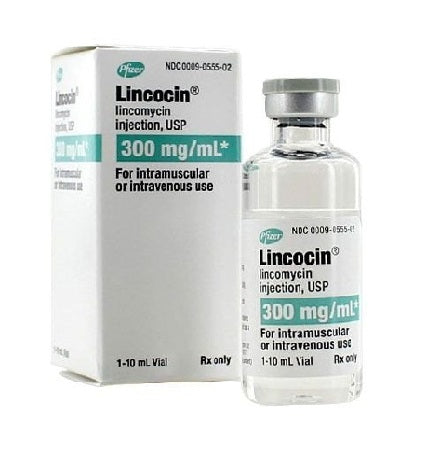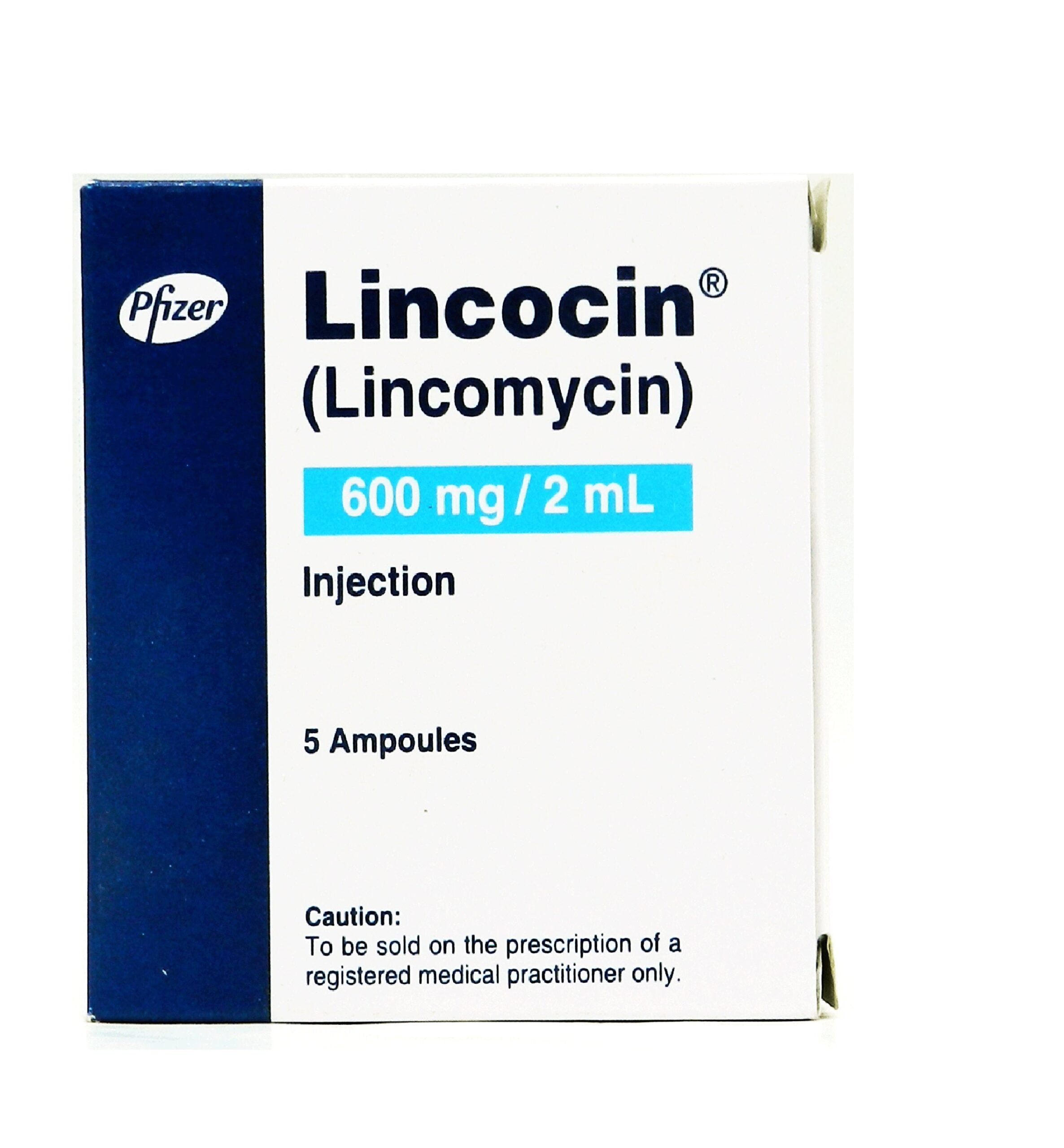Lincocin (Lincomycin) Vial
Branded
Generic
Lincomycin (Generic Equivalent to Lincocin)
Lincomycin (Generic Equivalent to Lincocin)
Lincomycin (Generic Equivalent to Lincocin)
Lincomycin (Generic Equivalent to Lincocin)
Lincomycin (Generic Equivalent to Lincocin)
Lincomycin (Generic Equivalent to Lincocin)
Lincomycin (Generic Equivalent to Lincocin)
Lincomycin (Generic Equivalent to Lincocin)
Lincocin Vial is an antibiotic medicine that fights bacteria and is used to treat a wide variety of bacterial infections. It is effective in infections of the lungs (eg. pneumonia), stomach, skin and soft tissues, bones and joints, blood, and heart.
Lincocin Vial works by stopping the growth of bacteria. This helps to improve your symptoms and cure the underlying infection. It is given as a drip (intravenous infusion) or as an injection directly into a vein or a muscle under the supervision of a healthcare professional. Your doctor will decide the correct dose for you. You should use this medicine regularly at evenly spaced intervals as per the schedule prescribed by your doctor. Do not skip any doses and finish the full course of treatment even if you feel better. Stopping the medicine too early may lead to the infection returning or worsening.
The most common side effects of this medicine include stomach pain, nausea, vomiting, and diarrhea. Some people may develop temporary redness or pain at the site of injection. These side effects are usually mild but let your doctor know if they bother you or do not go away.
Before using it, you should tell your doctor if you have any liver or kidney problems, if you have any problems with your bowels (intestines) or if you have ever had bloody diarrhea caused by taking antibiotics. You should also let your healthcare team know all other medicines you are taking as they may affect, or be affected by this medicine. Pregnant and breastfeeding mothers should consult their doctor before using it.
Uses Of Lincocin Vial
- Bacterial infections
Benefits Of Lincocin Vial
In Bacterial Infections
Lincocin Vial is a versatile antibiotic medicine that works by stopping the growth of bacteria in your body. It is injected by a doctor or a nurse either into a vein or a muscle. This medicine is used to treat many different types of infections such as those of lungs (pneumonia), stomach, skin & soft tissues, bones & joints, blood, and heart.
This medicine usually makes you feel better within a few days, but you should continue taking it as prescribed even when you feel better. Stopping it early may make the infection come back and harder to treat.
Side Effects Of Lincocin Vial
Most side effects do not require any medical attention and disappear as your body adjusts to the medicine. Consult your doctor if they persist or if you’re worried about them
Common Side Effects Of Lincocin
- Vomiting
- Headache
- Stomach pain
- Nausea
- Diarrhea
- Injection site reactions (pain, swelling, redness)
How To Use Lincocin Vial
Your doctor or nurse will give you this medicine. Kindly do not self administer.
How Lincocin Vial Works
Lincocin Vial is an antibiotic. It works by preventing synthesis of essential proteins required by bacteria to carry out vital functions. Thus, it stops the bacteria from growing, and prevents the infection from spreading.
Disclaimer :The information provided on the website is intended to facilitate awareness about healthcare products and medical conditions generally but it is not a substitute for professional medical attention or advice. You should always speak with a qualified healthcare practitioner before taking any prescription or non-prescription drug. |


